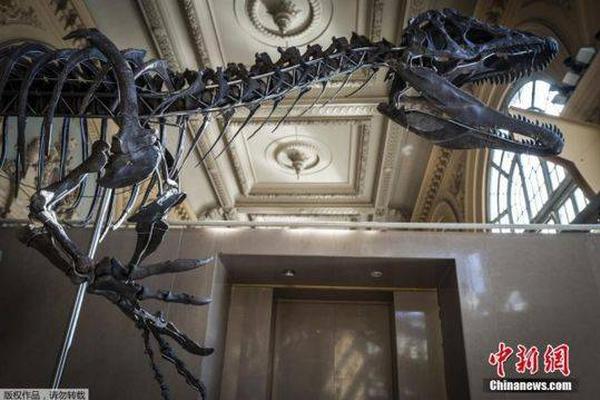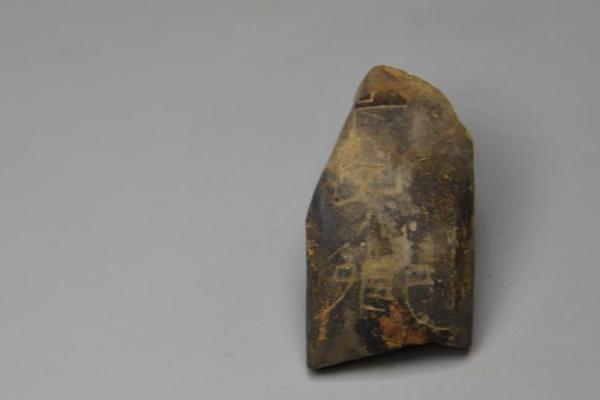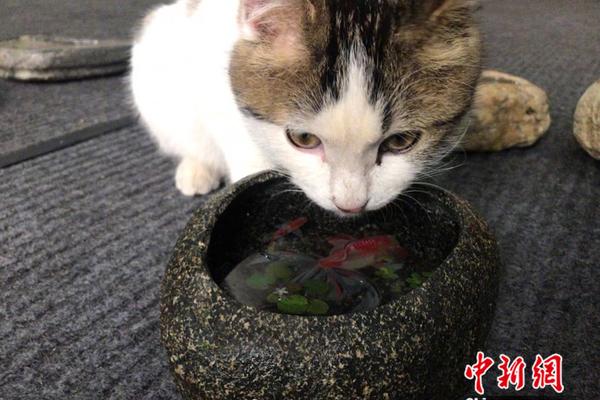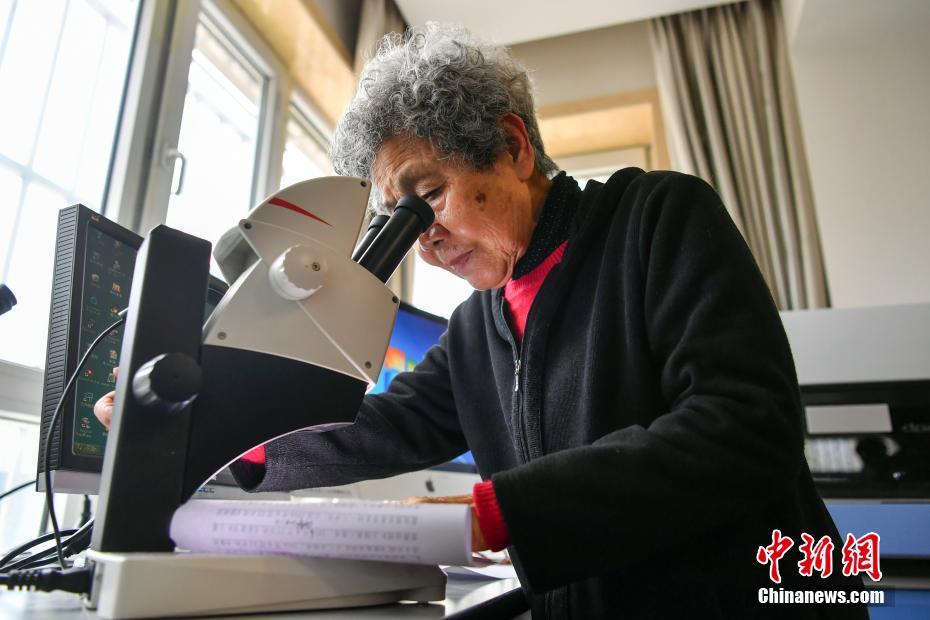
1. You can follow the steps below to install the system disk and put it into the CD-ROM, buy a win7 CD-ROM, and put the system CD-ROM into the optical drive. Turn on the power in the BIOS settings, and then observe the prompts on the screen. Press "F2" to set the BIOS before starting the system.
2. Under normal power-on, put the CD into the optical drive and restart the computer (if it is not normal, you can put it in after the power is turned on). Press DEL or other keys to enter the BIOS, and set the settings to start from DVD-F10-Y-Enter.After entering the PE interface, select "Install System" after entering the PE interface.
3. There are two ways to install the system on the notebook, one is to install the system CD directly into the laptop, and the other is to copy it to the hard disk. After starting the notebook optical drive, put the CD into the optical drive. Then press F12 to enter the menu and select the next step. After entering, select the [Install from floppy disk] option and click Next.
4. Put the system CD, press F12 or Fn+F12 when restarting the notebook, select the DVD option in the pop-up boot menu, and press the car. Boot into the main menu of the CD-ROM, select [1] to install the system to the first partition. Go to this interface and perform the decompression operation of the system.
5. Transfer some important things in the original system to other disks.CD-ROM starts the computer, inserts the CD-ROM, turns on the computer, and selects from. Notebooks generally have shortcut startup options. Different notebook models have different functions such as f2 or f12 on the keyboard. It's best to check it online.

Turn on the computer, press the Delete key when the computer self-checks, (Note: Some computers are E Nter and F1 keys).After entering the CMOS interface, select the Startup option with the left and right keys on the keyboard. Select the first PrimaryBootSequence option and press the Enter key on the keyboard.
Put the CD-ROM to buy a win7 CD-ROM, and put the system CD-ROM into the optical drive. Turn on the power in the BIOS settings, and then observe the prompts on the screen. Press "F2" to set the BIOS before starting the system.
Download the downloaded CD image file iso to a partition other than disk C, such as downloading it to disk F, right-clicking to use WinRAR and other tools to decompress to the current folder or the specified folder. It cannot be decompressed to disk C and desktop, otherwise it cannot be installed. A pop-up dialog box takes a few minutes to perform the decompression process of the CD image file.
In general, the difference between the USB flash drive and the CD-ROM installation system is roughly the only one, and there is not much difference in the installation speed. In addition, it is not difficult to make and install the system nowadays, and both methods of installing the system can also be seen. It depends on what tools your computer supports and what tools you like to use to install.
The two methods have their own advantages and disadvantages. Installing with a CD-ROM can ensure that the system is booted in a non-toxic environment. As long as there is no virus in the CD-ROM, the installed system must have no virus. Moreover, the CD-ROM boot system also has various options such as anti-virus, partition table repair, re-partition, etc.
Let me tell you clearly that the CD-ROM must be simpler. Set the CD-ROM to start, and put the CD-ROM into the optical drive to enter the installation.The USB flash drive also needs to download the system image first, and then use other auxiliary tools to make the USB flash drive into a boot disk. This process is a little troublesome.
1. If it is the original disk version, the installation method is as follows: the first step is to set up light start: the so-called light start means that the computer first reads the optical drive when starting up, so if the optical drive There is a CD with a light start function that can be read out before the hard disk starts (for example, when installing the system from the CD).
2 and 6 interfaces are divided into two ways, one is to upgrade and install (retain the original system file), and the other is to customize installation (not to retain the original system file). If the original system disk space is not large, it is better to use custom installation.
3. Insert the system CD into the computer optical drive, then press the power button of the computer and click the F12 key continuously. Some laptop models are F12 + FN keys.
Binance download iOS-APP, download it now, new users will receive a novice gift pack.
1. You can follow the steps below to install the system disk and put it into the CD-ROM, buy a win7 CD-ROM, and put the system CD-ROM into the optical drive. Turn on the power in the BIOS settings, and then observe the prompts on the screen. Press "F2" to set the BIOS before starting the system.
2. Under normal power-on, put the CD into the optical drive and restart the computer (if it is not normal, you can put it in after the power is turned on). Press DEL or other keys to enter the BIOS, and set the settings to start from DVD-F10-Y-Enter.After entering the PE interface, select "Install System" after entering the PE interface.
3. There are two ways to install the system on the notebook, one is to install the system CD directly into the laptop, and the other is to copy it to the hard disk. After starting the notebook optical drive, put the CD into the optical drive. Then press F12 to enter the menu and select the next step. After entering, select the [Install from floppy disk] option and click Next.
4. Put the system CD, press F12 or Fn+F12 when restarting the notebook, select the DVD option in the pop-up boot menu, and press the car. Boot into the main menu of the CD-ROM, select [1] to install the system to the first partition. Go to this interface and perform the decompression operation of the system.
5. Transfer some important things in the original system to other disks.CD-ROM starts the computer, inserts the CD-ROM, turns on the computer, and selects from. Notebooks generally have shortcut startup options. Different notebook models have different functions such as f2 or f12 on the keyboard. It's best to check it online.

Turn on the computer, press the Delete key when the computer self-checks, (Note: Some computers are E Nter and F1 keys).After entering the CMOS interface, select the Startup option with the left and right keys on the keyboard. Select the first PrimaryBootSequence option and press the Enter key on the keyboard.
Put the CD-ROM to buy a win7 CD-ROM, and put the system CD-ROM into the optical drive. Turn on the power in the BIOS settings, and then observe the prompts on the screen. Press "F2" to set the BIOS before starting the system.
Download the downloaded CD image file iso to a partition other than disk C, such as downloading it to disk F, right-clicking to use WinRAR and other tools to decompress to the current folder or the specified folder. It cannot be decompressed to disk C and desktop, otherwise it cannot be installed. A pop-up dialog box takes a few minutes to perform the decompression process of the CD image file.
In general, the difference between the USB flash drive and the CD-ROM installation system is roughly the only one, and there is not much difference in the installation speed. In addition, it is not difficult to make and install the system nowadays, and both methods of installing the system can also be seen. It depends on what tools your computer supports and what tools you like to use to install.
The two methods have their own advantages and disadvantages. Installing with a CD-ROM can ensure that the system is booted in a non-toxic environment. As long as there is no virus in the CD-ROM, the installed system must have no virus. Moreover, the CD-ROM boot system also has various options such as anti-virus, partition table repair, re-partition, etc.
Let me tell you clearly that the CD-ROM must be simpler. Set the CD-ROM to start, and put the CD-ROM into the optical drive to enter the installation.The USB flash drive also needs to download the system image first, and then use other auxiliary tools to make the USB flash drive into a boot disk. This process is a little troublesome.
1. If it is the original disk version, the installation method is as follows: the first step is to set up light start: the so-called light start means that the computer first reads the optical drive when starting up, so if the optical drive There is a CD with a light start function that can be read out before the hard disk starts (for example, when installing the system from the CD).
2 and 6 interfaces are divided into two ways, one is to upgrade and install (retain the original system file), and the other is to customize installation (not to retain the original system file). If the original system disk space is not large, it is better to use custom installation.
3. Insert the system CD into the computer optical drive, then press the power button of the computer and click the F12 key continuously. Some laptop models are F12 + FN keys.
Binance app download Play Store
author: 2025-02-28 07:53 OKX Wallet app
OKX Wallet app
397.56MB
Check OKX app
OKX app
851.35MB
Check Okx app download
Okx app download
953.59MB
Check Binance login
Binance login
859.97MB
Check Binance wikipedia
Binance wikipedia
648.48MB
Check OKX Wallet Sign up
OKX Wallet Sign up
482.44MB
Check OKX app
OKX app
422.96MB
Check Binance wallet
Binance wallet
247.62MB
Check okx.com login
okx.com login
634.61MB
Check Binance login
Binance login
858.87MB
Check Binance download iOS
Binance download iOS
919.79MB
Check Binance login
Binance login
426.69MB
Check Binance login
Binance login
296.79MB
Check Binance US
Binance US
516.55MB
Check Binance app
Binance app
717.29MB
Check OKX app
OKX app
858.52MB
Check Binance app download Play Store
Binance app download Play Store
254.21MB
Check Binance US
Binance US
229.69MB
Check Binance login App
Binance login App
719.67MB
Check Binance download APK
Binance download APK
659.76MB
Check Binance market
Binance market
455.44MB
Check Binance APK
Binance APK
474.18MB
Check Binance login
Binance login
351.99MB
Check Binance APK
Binance APK
419.15MB
Check Binance wallet
Binance wallet
954.74MB
Check Binance login
Binance login
255.58MB
Check OKX Wallet apk download latest version
OKX Wallet apk download latest version
956.15MB
Check Binance US
Binance US
724.46MB
Check Binance exchange
Binance exchange
545.13MB
Check Binance wikipedia
Binance wikipedia
488.12MB
Check Binance APK
Binance APK
615.65MB
Check Binance download APK
Binance download APK
151.89MB
Check Binance download
Binance download
487.86MB
Check Binance download APK
Binance download APK
526.13MB
Check Binance app
Binance app
344.32MB
Check Binance login
Binance login
261.77MB
Check
Scan to install
Binance download iOS to discover more
Netizen comments More
1255 负心违愿网
2025-02-28 09:38 recommend
2943 交口称誉网
2025-02-28 09:05 recommend
76 脑满肠肥网
2025-02-28 08:27 recommend
315 东西易面网
2025-02-28 08:16 recommend
1263 箪食壶浆网
2025-02-28 07:48 recommend